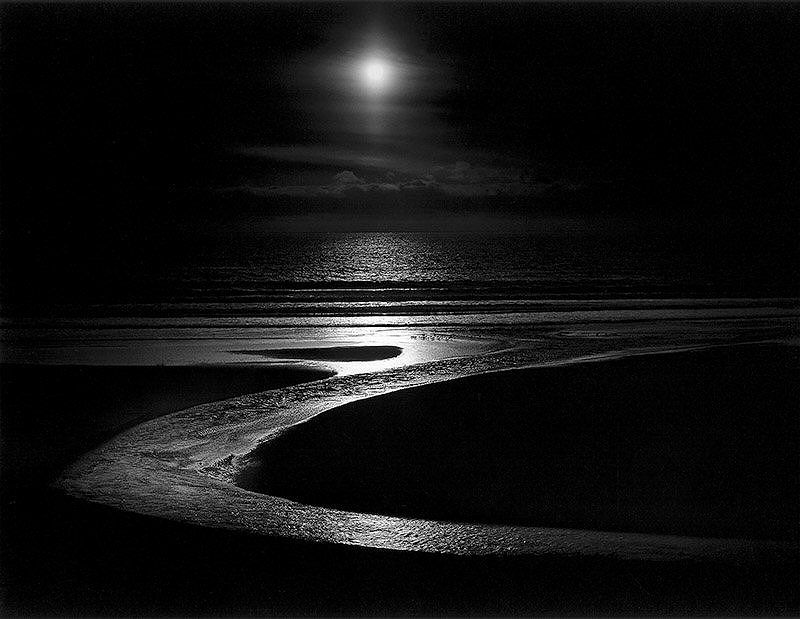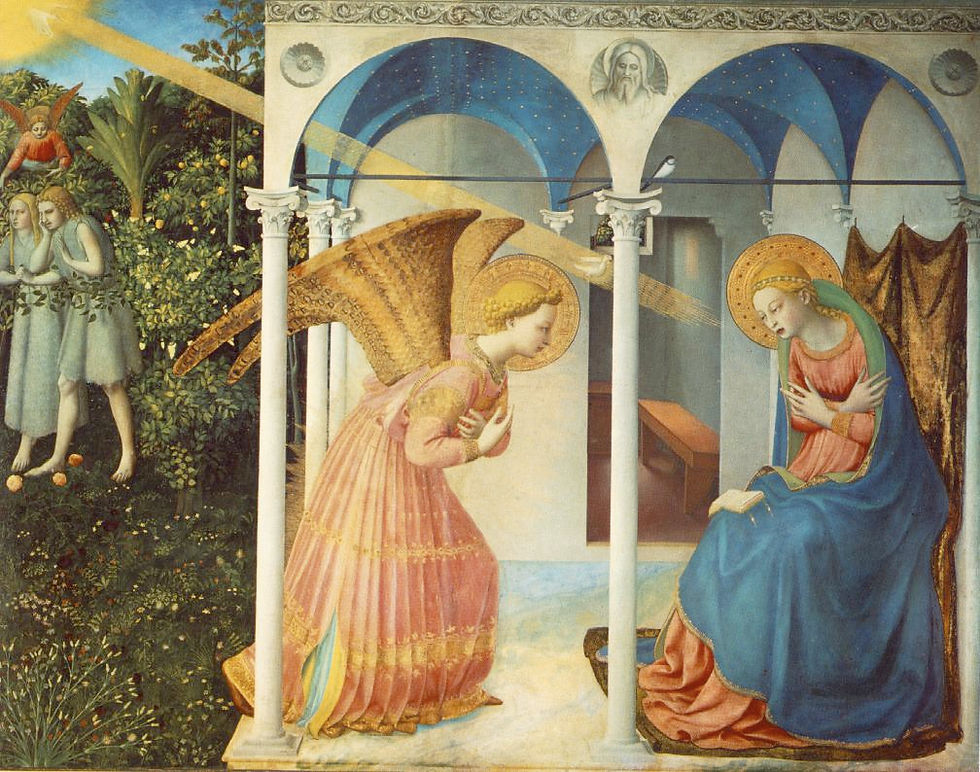In the first post, I went into details about Science and Art and how they both seem to utilize Light as a source of knowledge and understanding.
Yet we still haven't defined what light is. Object or energy, all that we can know is that it reveals something about our surroundings. Does light in reality reveal truth, or does it depend on our perspective?
Light has been studied long before the modern scientific method, in art as well as other endeavors. The artist was the first person to question what they see and try to create in imitation. The artist has also been considered one who creates, similar to the devine ability of God. In fact art and faith have been intertwined for many centuries, and art was often a religious experience.
In Genesis, the most appropriate beginning, "'let there be light,' and there was light," creates an entire understanding of existence on the basis of light. It is good and it reveals understanding in darkness.

Wynn Bullock appropriates this as the title to his stunning moonlight photograph. So what about light captures and inspires man to create faith in it and respond to it in art? Light is a delicate thing that cannot be touched, similar to the feeling that might overcome you in faith. Many religions revere what light allows us to do, but what I feel is a greater aspect of light, is that it inspires.
Light inspires us to ask about creation, ask about where the world began, how it works in it sublime patterns. It is a constant reminder of what is yet to be known, and that there will always be more that we do not know. The theologian, the artist and the scientist all pensively study light in hopes of reaching some new virtuous truth.
Light in Faith
Yes, three human endeavors that couldn't seem more opposed, yet they all depend on a similar source of understanding. Is it so peculiar then, that I could be fascinated with it enough to dedicate my education, time, and love into it?
It seems that the most universal symbol for God, the Devine, spiritual Reality, or whatever title you may assign to the ultimate experience, is the symbol of light. The intangible, indistinct and constant exposure to light surrounds us, and this sounds similiar to the way that the Divine Ground or God is explained. In religions where imagery of God is not accepted, light is often used as a place holder to represent what is barely comprehensible. Yet like in art, great truth can be sensed and responded to, even though it may not be easily identified or seen.
Art goes beyond the function of words because it can represent things in a visual form.
In some eastern religions like Buddhism, only intricate designs of shapes and colors, with abstract qualities, might come to represent the cyclical nature of God. (Although their understanding of God is pantheistic, in which god exists in every fiber and material of the universe). Rays of light are often signs of divine intervention in other religious artwork, like in Christian paintings of the Annunciation where a ray of light represents the seed of Christ reaching the Virgin Mary.

Fra Angelico, Annunciation, 1438.
Aldous Huxley, a modern era writer and philosopher had much to say about the similarities shared by mankind's greatest religions and how they seem to point to a similar purpose in his book The Perennial Philosophy. He mentions of a simple Truth that they all share. I would attest based on personal experience that this truth is similar to the Truth experienced and learned through art, and that almost always it is a response to the way I witness Light. If the Godhead and Light have any deep ulterior connection, it would most certainly be framed in many religions and faiths too.
The Quaker religion often focuses on the "Inner Light" that takes place in each Human Being. It becomes a metaphorical symbol for God inside us all, but as artist James Turrell explains, can have a very real impact. Perhaps his light installations can best show how the physical light, which is measured and recorded in science, the aesthetic light which is responded to by the artist and realized as beauty, and the spiritual light which is realized in each of us... can occur at the same time.

James Turrell's Skyspaces create an experience of light from the sky, presenting it as if it was a graspable form. He explores the way the eye perceives light in art, to encourage a spiritual epiphany that comes directly from light itself.
So what about Science, which is falsely projected as the opposite to faith? Perhaps similar to the way art and science ask familiar questions, faiths also do, but each endeavor does by different method.
I entice you to experience light in a new way, not just as something that allows you to see, but as something that allows you to understand. Scientists, Artists, Theologians, Philosophers, Architects, and ordinary people are all the ones who learn from light, but not because of their occupation. It is a gift that all people possess, the only thing that is needed is attention. With full attention, light can reveal Truth.
